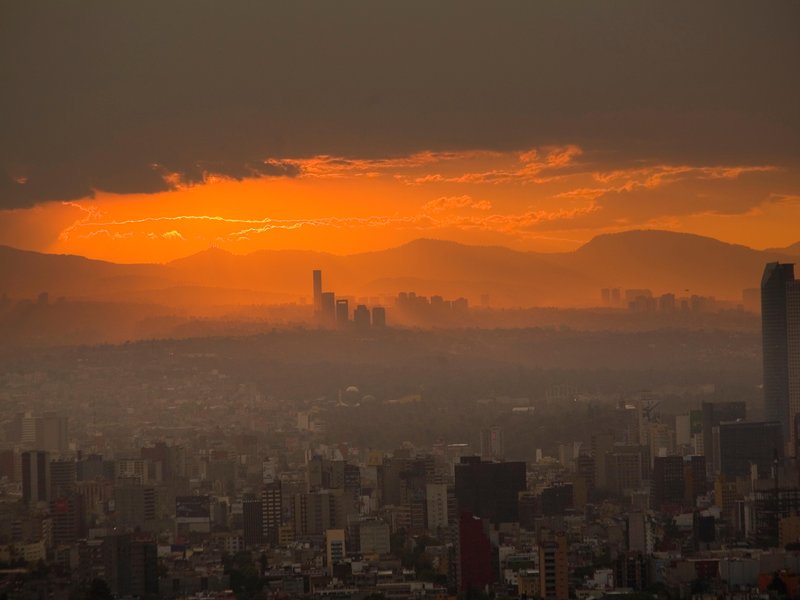Scientists find that despite time and location, the productivity of settlements grows faster than their populations.

There are some marked differences between modern cities and ancient settlements. For one thing, we’ve got a whole slew of new technology, which changes the way we plan and organize our cities. We have different cultures, too, and our economic priorities have changed considerably from the agriculturally driven societies of yore. But a recent study conducted by scientists from the University of Colorado Boulder says that cities of differing eras aren’t as different as we might think. These researchers have discovered that modern settlements grow similarly to their ancient counterparts—a find that could alter the way we plan future cities.
For the study, the team used measurements of 4,000 ancient settlements, temples and houses from the area that is now Mexico City. As Science writer Emily Conover explains, “Because the material possessions of the inhabitants had been lost to the ages, researchers used a proxy for the productivity of each settlement—the number and size of such monuments and of villagers’ homes.”
The research showed that both modern and ancient city expansions moved by the same set of rules, known as urban scaling. These rules dictate that, as city populations grow throughout time, people densely cluster rather than sprawling outward. “This allows people to live closer together, use infrastructure more intensively, interact more frequently, and as a result, produce more per person,” explains University of Colorado–Boulder.
From our partners:
In a new paper published last week in Science Advances, the team takes their research one step further to show that, just as it does in modern cities, ancient settlements became more productive as their populations grew. In some cases, productivity levels even outpaced the population growth, showing that the change wasn’t simply due to an increased number of workers.
“As the population of a community or settlement grows, the total production of that group grows even faster,” lead author Scott Ortman said. “Urban scaling theory makes the argument that the increase in productivity emerges from the increased rate of social interactions that occur. It’s cheaper for people to interact with each other because they are physically closer.”
As Conover points out, this overall trend was true regardless of the size of the settlement, though the larger the city, the more productive the people.
“It was amazing and unbelievable,” gushes Ortman. “We’ve been raised on a steady diet telling us that, thanks to capitalism, industrialization, and democracy, the modern world is radically different from worlds of the past. What we found here is that the fundamental drivers of robust socioeconomic patterns in modern cities precede all that.”
The research may help scientists better understand how cities function and could influence the future schemes of architects and urban planners. One key, for example, to a vibrant and productive culture may be more public spaces where people can create and strengthen social networks. In which case, bring on the piazzas.
This feature is adapted from SmithsonianMag

















